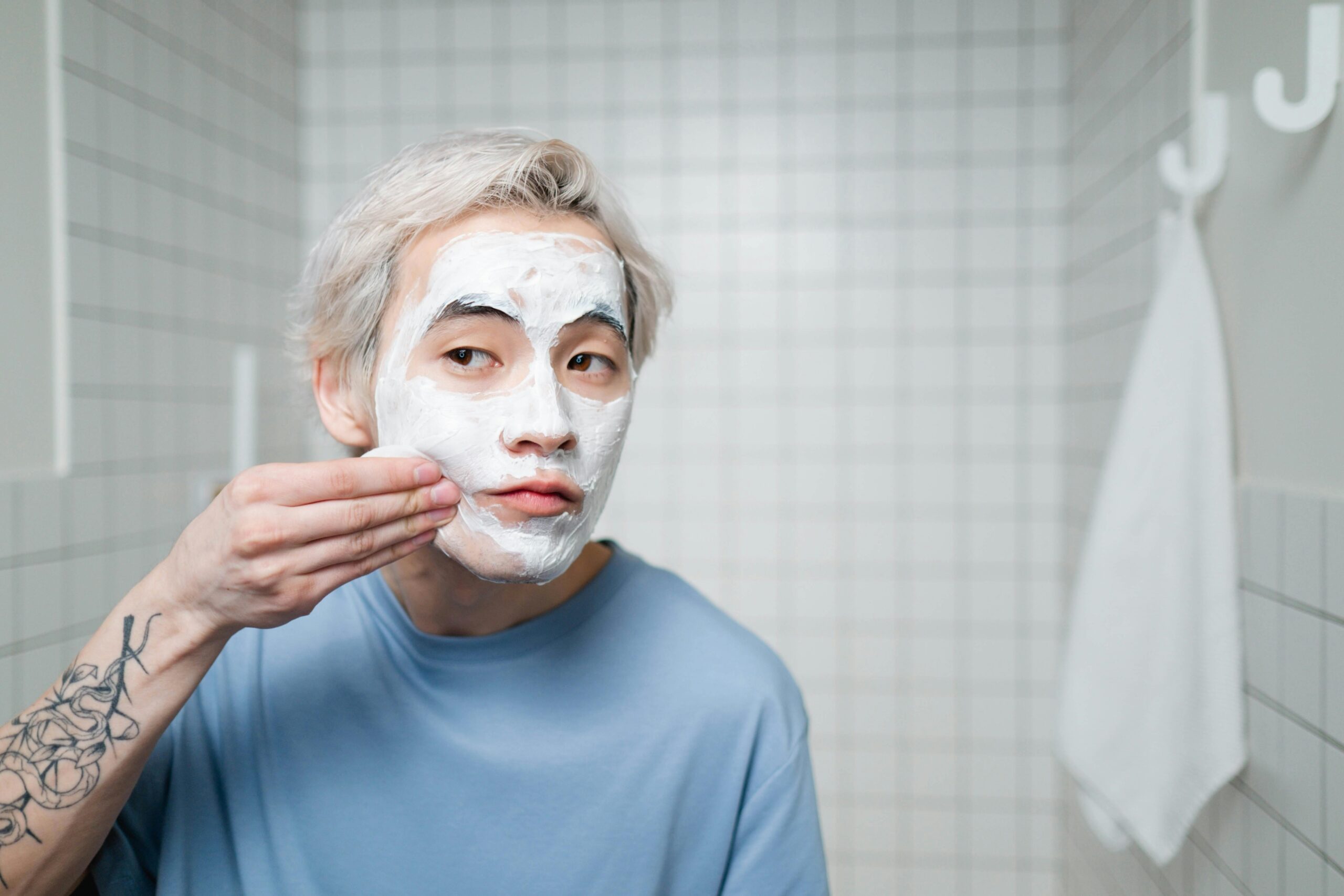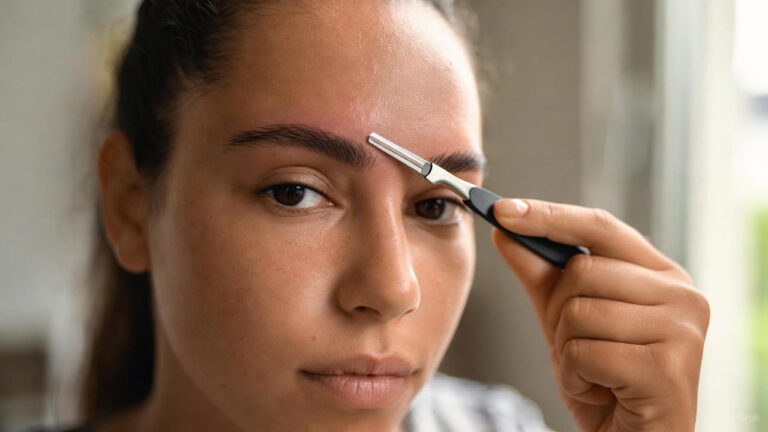Hormonal acne can be frustrating and challenging to manage. It often appears during specific life stages, like puberty, menstruation, pregnancy, or menopause. This type of acne is primarily caused by fluctuations in hormones, particularly androgens, which can lead to increased oil production and clogged pores. Addressing hormonal acne requires a multi-faceted approach that focuses not only on topical treatments but also on balancing internal factors. This article explores effective skincare treatments and lifestyle changes that can help combat hormonal acne.
Understanding Hormonal Acne
Hormonal acne typically presents as deep, cystic lesions primarily around the jawline, chin, and cheeks. Unlike other types of acne, hormonal acne often flares up cyclically, making it easier to link to hormonal changes. Understanding the underlying causes is crucial for effective treatment.
1. Hormonal Imbalances
Hormonal imbalances can stem from various factors, including stress, diet, and medical conditions such as polycystic ovary syndrome (PCOS). These imbalances can lead to increased androgen levels, which in turn stimulate sebaceous glands to produce more oil.
2. Diet and Lifestyle Factors
Diet plays a significant role in hormonal balance. High glycemic foods, dairy products, and unhealthy fats can exacerbate acne. Additionally, lack of sleep and high-stress levels can disrupt hormonal balance, leading to breakouts.
Effective Skincare Treatments
Skincare products that target acne should focus on exfoliation, oil control, and inflammation reduction. Here are some treatments to consider:
1. Topical Retinoids
Topical retinoids, such as tretinoin and adapalene, are effective for unclogging pores and promoting skin cell turnover. They help reduce inflammation and prevent new acne lesions from forming. Incorporate retinoids into your evening routine, starting slowly to minimize irritation.
2. Salicylic Acid
Salicylic acid is a beta hydroxy acid (BHA) that penetrates the pores to exfoliate from within. It effectively reduces acne and prevents new breakouts. Look for cleansers and spot treatments containing 0.5% to 2% salicylic acid.
3. Benzoyl Peroxide
Benzoyl peroxide is an antimicrobial agent that targets acne-causing bacteria. It helps reduce inflammation and can be used as a spot treatment. Begin with lower concentrations (2.5% to 5%) to avoid dryness.
4. Niacinamide
Niacinamide is a form of vitamin B3 that helps regulate oil production and soothe inflammation. It is suitable for sensitive skin and can be found in serums and moisturizers. Using niacinamide daily can help reduce the frequency of breakouts.
5. Hormonal Treatments
For those with significant hormonal imbalances, hormonal treatments such as oral contraceptives or anti-androgens like spironolactone may be effective. These treatments can regulate hormonal fluctuations and reduce acne. Consult a healthcare provider to discuss options.
Lifestyle Changes to Support Skin Health
In addition to topical treatments, lifestyle changes can significantly impact hormonal balance and skin health.
1. Balanced Diet
Eating a balanced diet rich in whole foods can help regulate hormones. Focus on fruits, vegetables, lean proteins, and healthy fats. Avoid processed foods and refined sugars that can spike insulin levels and worsen acne.
2. Regular Exercise
Regular exercise helps reduce stress and can positively influence hormonal balance. Aim for at least 30 minutes of moderate activity most days of the week. Activities like yoga can be particularly beneficial for stress reduction.
3. Stress Management
High stress levels can lead to hormonal fluctuations that trigger acne. Using stress management techniques, such as meditation, deep breathing exercises, or journaling, can help maintain hormonal balance.
4. Adequate Sleep
Prioritize getting 7-9 hours of quality sleep each night. Sleep is crucial for hormone regulation and overall health. Establishing a consistent sleep schedule can improve your skin and overall well-being.
5. Stay Hydrated
Drinking enough water helps flush out toxins and keeps your skin hydrated. Aim for at least 8 cups (64 ounces) of water daily. Herbal teas can also contribute to your hydration.
Conclusion
Managing hormonal acne involves understanding its root causes and implementing effective skincare treatments and lifestyle changes. By addressing both external and internal factors, individuals can achieve clearer skin and restore balance. Consistency and patience are key; results may take time, but the right approach can lead to lasting improvements.
FAQs
1. What is hormonal acne?
Hormonal acne is caused by fluctuations in hormones, particularly androgens, leading to increased oil production and clogged pores. It often appears in cycles and is common around the jawline and chin.
2. Can diet affect hormonal acne?
Yes, diet can significantly impact hormonal balance. Foods high in sugar and dairy may exacerbate acne. A balanced diet rich in whole foods can help regulate hormones.
3. How long does it take to see results from skincare treatments?
Results can vary, but you may start seeing improvements within 4-6 weeks of consistent use of topical treatments. Hormonal treatments may take longer to show effects.
4. Are there any natural remedies for hormonal acne?
Some natural remedies, like tea tree oil and green tea extract, may help. However, it’s essential to approach these remedies cautiously and consult a dermatologist for advice.
5. When should I see a doctor about hormonal acne?
If over-the-counter treatments and lifestyle changes do not improve your acne, or if you suspect an underlying hormonal issue, consult a dermatologist or healthcare provider for further evaluation and treatment options.



